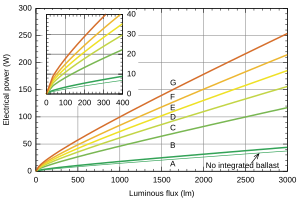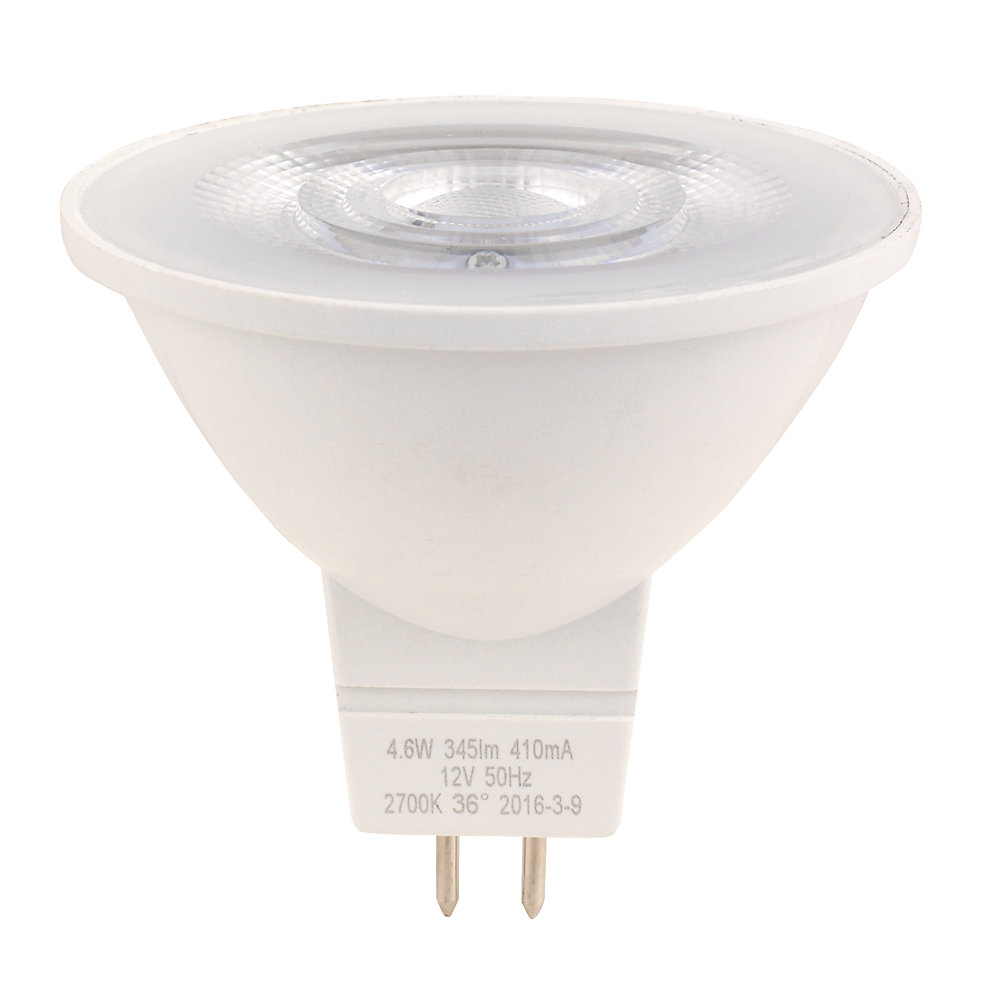However....
John, I believe, was talking about individual LEDs in series within a lamp, or a luminaire, and therefore advising against an ELV lighting circuit being too low a voltage.
I didn't think about that, and was talking about individual luminaires throughout a room or a house, etc, being in series.
[EDIT]Spleling misteak corretced[/EDIT]
Wouldn't be that hard to switch over the whole lighting circuit to 24v DC, it would mean changing things like bathroom fans and whatever else, but there wouldn't be much load on a lighting circuit.
But even though one led needs less than 5v, running them in series is better for balancing the current, so it's best not to run on too low a voltage.
John, I believe, was talking about individual LEDs in series within a lamp, or a luminaire, and therefore advising against an ELV lighting circuit being too low a voltage.
I didn't think about that, and was talking about individual luminaires throughout a room or a house, etc, being in series.
[EDIT]Spleling misteak corretced[/EDIT]
Last edited:





